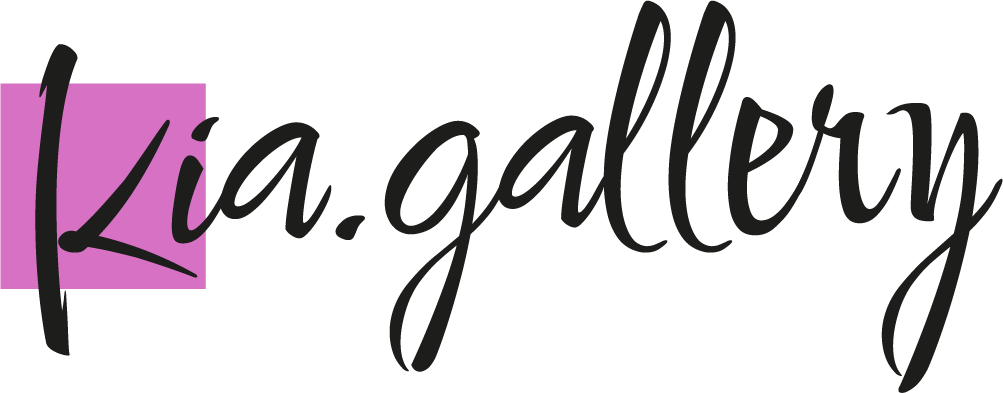When you want to buy a painting, you probably ask yourself questions: what is the price, who is the artist, what style and color scheme is used. But rarely does anyone think about such an important factor as the materials used by the author. If the picture is painted with oil paints, then you can get a work that does not require special storage conditions. And this is not the only advantage.
Oil paints, and, consequently, the paintings painted by them, are durable. The oil is resistant to oxidation and decomposition. The earliest oil paintings that have survived to this day date back to the 15th century. Such painting is able to outlive its creator for many centuries.
Pictures are easy to restore. Of course, works that are 200-300 years old are usually kept in museums and are taken care of by professional restorers, but if we are talking about several decades, it will not be difficult to refresh an oil canvas, even with a cracked drawing.
Oil paints will not run if you need to remove dust from the relief parts of the picture with a damp sponge, which cannot be said about other materials. However, it is best not to use detergents or solvents. It is better to avoid heavy dusting and «clean» the painting in a dry way.
Features of oil paintings
There are a few things you need to know about oil painting that will help you choose the right painting.
Firstly, one of the components of paints is cold-pressed linseed oil. The advantage is that it does not have an unpleasant odor. However, it all depends on the artist. It can be both nut and poppy oil.
Secondly, the basis for applying oil paints is linen canvas, not ordinary paper. The peculiarity here lies in the level of graininess. When choosing a painting, please note that fine-grained canvas is usually used for portraiture or when fine detail is needed. However, for textured or landscape painting, a coarse-grained canvas is taken. Other types of bases also exist – these are cotton, burlap, wood, plywood. However, they are not as durable as linen.
Thirdly, oil paints are not applied directly to the canvas as, for example, acrylic paints. To do this, it is pre-treated with a primer so that the image is better preserved and held. Therefore, at the edges of a real oil painting, you can see the remnants of the primer.
Fourth, so that the paints do not peel off, oil paintings are covered with transparent varnish. For example, a mixture of poppy seed oil with lavender essence and copra. Here you need to be careful. It happens that printed canvases are also varnished, passing them off as oil.
How to avoid fakes and buy an oil painting?
You can buy a painting in the gallery or from street artists. With the last option, you need to be careful. Often, under oil painting, images printed on canvas are sold. Distinguishing a picture on water-soluble ink is not difficult. Do not cover it with varnish or gel – the paints will spread. The same effect from a drop of water.
The situation is more complicated with texture gel treatment or if the ink was applied fragmentarily to a printer print. Then you need to look at the picture up close. Pay attention to the sagging and streaks of paint. A fake can also be detected by carefully examining areas where there is no relief.
What to look for when choosing an oil painting? 17 tips
If you clearly feel the color, understand the richness of oil shades and transitions, you will not be easily deceived. The same is true when you are a professional art appraiser and are well versed in oil painting. However, if you have never encountered buying an oil painting, but do not want to fall for scammers and buy a fake, follow these helpful recommendations:
- Don’t trust the internet. It is often said there that art galleries have a modest assortment – no more than 100 works of art, and thousands of images in printer shops. This information is not true.
- The price matters, but it does not directly say that you have a poster or an oil painting in front of you. It is worth looking at history. Many artists who painted in oils had a hard time, many died before they became famous. They deliberately underestimated the price and sold their work wherever they could. Therefore, if you buy a painting cheaper, for example, not in a gallery, but on the street, this does not mean that a budget painting will be less valuable in terms of art. Of course, if you come across a talented author. This is a lottery.
- On the other hand, a high price for works of art can serve as a trap. Fraudsters deliberately inflate the cost of a non-oil painting, passing it off as «oil» in order to seem plausible.
- The presence or absence of a signature also does not indicate the original. In extreme cases, a swindler can forge an autograph. Famous artists, for example, did not sign many of their works: Caravaggio, Rembrandt, Rubens, Frans Hals. Medieval authors also left their works unmarked. To figure out which artist’s brush this or that oil work belongs to, only an experienced expert in paintings can.
- The gallery may offer to look at the edges of the painting to make sure that it was painted with oil paints. However, if the edges are even, this does not mean that you have a poster in front of you. The artist could simply seal the edges with tape so as not to overdo it with the size and then choose a standard stretcher.
- Fingerprints on the ends of the picture are also not enough, which will be said if you come across an experienced fraudster who skillfully forged them.
- If there are no traces of a stretcher, this does not mean that the picture was not painted in oil. Some artists do not use it at all, preferring to attach the canvas, for example, to plywood. Also, if you need to send exactly the canvas, it is inconvenient to use a stretcher.
- The reverse side of the canvas can tell you a lot. Irregularities, knots, seals indicate that in front of you is a picture painted with oil paints on canvas of low quality. There are high-quality canvases, on the reverse side of which there are knots no more than one per square meter. If the surface is completely smooth and even – in front of you is a poster.
- Check the painting against the light. Hold it face up to a lamp or the sun and look at the back. Oil painting involves the presence of two or three layers of paint, which are somehow visible and the canvas is translucent unevenly. If this is a poster, then there will be no uneven clearance.
- You can view the strokes with a magnifying glass. The printed picture does not have such elements of oil painting.
- If the painting is covered with a transparent gel, it may turn out to be a poster. It will be enough to look at the nature of the strokes. In an oil painting, they will be colorful, and in a printed picture, they will be transparent.
- Old oil paintings are a bit dull, unlike modern ones. The fact is that earlier it was not an easy task to get a bright pigment. If the picture is passed off as an old one, and it is flashy bright, most likely you are being deceived and it is painted with acrylic. Acrylic can also be distinguished by clear contours.
- You can understand that you have a poster in front of you by seeing the pixel dots. They are noticeable when examining the work with the same magnifying glass. You can also see unpainted areas. The fact is that high-quality printing with full ink filling of the canvas is time-consuming and costly than writing an oil painting by hand.
- It will help to determine the oil original of the photograph of the painting process. Typically, such evidence is provided to those buyers who order the painting. Photo thumbnails will also help. These are small photographs of individual sections of the picture, where the relief is clearly visible. If the artist provides them to you, then this is definitely not a print.
- Buying a painting directly from the artist does not give a 100% guarantee. To reduce the amount of time and effort expended, often artists use a print by applying oil paints to it. This is easily identified by art appraisers.
- The gallery can also deceive, including unintentionally. If a painting specialist does not have enough experience, he may not notice a fake and sell you as an oil painting. Therefore, if there are doubts, it is better to request evidence that the work is really painted with oil paints. Conscientious gallery workers will provide you with them and show you how to distinguish oil strokes from printed ones.
- Avoid buying oil paintings from stores that also do canvas prints. There is a high probability that you will be sold a print.
Where to buy? From trusted sellers. They can be found at kia.gallery. We showcase oil paintings by dozens of artists. You will surely find not one, but several interesting oil paintings.

